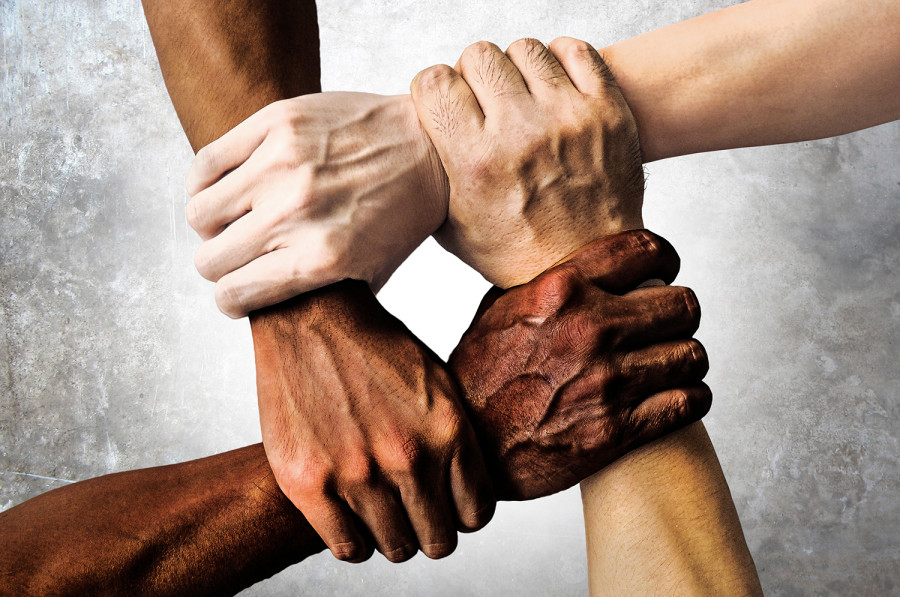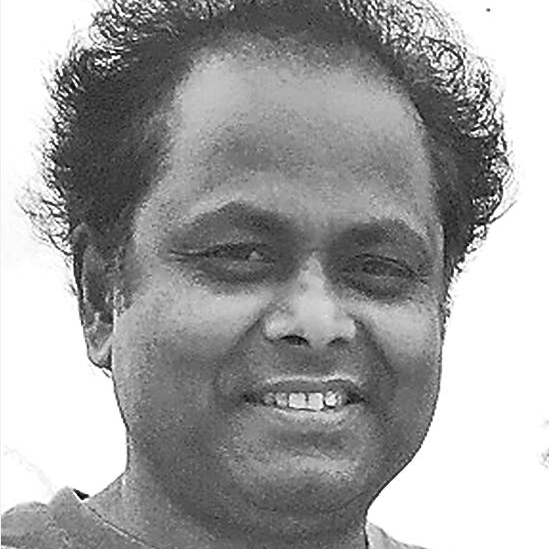Columns
Community building in foreign lands
Nepalis attempt to sustain their culture while easing into their new lives.
Pramod Mishra
Two weeks ago, on June 29, the Nepali American Center of Chicago organised a Nepali mela (fair) at St Paul Woods in Morton Grove, Illinois, a suburb of Chicago. The fair opened at 10 am and closed at 5 pm and all day long Nepali immigrants from near and far streamed in and out. The fair had a few stalls that sold Nepali grocery (I bought a packet of crunchy Taichin chyura), momos, drinks and other eatables. A group of Chicagoland Nepali women have formed a women’s organisation and named it Lali Guras. In the sultry Chicago afternoon, I bought their lychee drink. All the proceeds went to the organisation that had held sports and academic tournaments a week before and a cultural programme all day long during the fair. The person behind all this was an engineer by profession; but by his dress and demeanour, he looks like a village gentleman. His name is Bishnu Phuyal.
In the past decade, Mr Phuyal has gathered a sizable congregation of devotees and led a Nepali puja on the first Saturday of every month at a local Indian temple. People assemble, perform puja and partake in meals in the temple basement—all of this sponsored by generous Nepalis in the area. Mr Phuyal had organised a mela ten years ago, and this year was its second run. The ten-year-gap shows how challenging it is to organise public events when you have limited resources. But Mr Phuyal and his band of volunteers have made it possible.
In Los Angeles, Washington, DC, and I’m sure in many places all over the world, Nepali expatriates have led such initiatives to assemble their country folks in the diaspora in an attempt to sustain their culture, language and social life, while gradually easing into their adopted countries and locales. This is the story of all immigrants. In the United States, a country of immigrants (if one sets aside the Native Americans for a moment), from the times of Puritans and Jamestown farmers to today, immigrants came from all over Europe first (British, Germans, Scandinavians, East and Southern Europeans) and then from all over the world, including Asia, and made America their home. The Puritans were meticulous in keeping an account of their daily lives, hopes, despair and aspirations. Later, voluntary and involuntary (slaves from Africa) immigrants began to make a new life in the United States by seeking out community through worship, which has been the way in which new immigrants have coped with the changes between their old world and their new life. Even the African slaves in their abject situation sought solace in Christian worship and created unforgettable spirituals and gospels.
In the initial years, Nepalis left their homes with families to seek a better life in Darjeeling, Sikkim, Bhutan, Assam and Northeast India. They went as far out as British-ruled Burma in search of cultivable land and pasture. They settled in various parts of India, including the north-western hills of Kumaon-Garhwal and Himachal—some after retiring from their service in the British Indian Army. But now they go everywhere, depending on their educational and financial resources. Some go out to East, Southeast or West Asia to somehow make money so that their families’ lives would be better at home. Others migrate to mostly Western (North America, Europe and Australia) countries to make a better life there.
And, like Mr Phuyal, there are immigrants with social energy and the desire to build a community. When I first came to the Chicago area three decades ago, there were four or five Nepali families settled here. The rest of us were transient students, working hard to be academically successful. There was Shakti Aryal in DeKalb, Illinois, a university town some 60 miles west of Chicago, who had heard that a student from Nepal was coming to the local university. He contacted the International Student Office and sent his teenage daughter to pick me up and put me up in his townhouse for a few days while marshalling other Nepali students to find me an apartment to live in. Mr Aryal had already hosted and helped settle these students when they had first arrived. While I was prepared to face the unfamiliarity of American life, finding a Nepali family willing to help ease the challenges that accompanied new arrival in an alien land was comforting. There was Swarna Pradhan, a medical doctor in Chicago, in whose house 10 to 14 Nepali families (that was the total number in the area that extended all the way to Ohio) gathered every Dashain for celebration and dinner.
While Shakti Aryal is no more, Dr Pradhan was seated at the fair in his straw hat, watching hundreds of his compatriots celebrating their culture. There was a first aid tent at the fair but it was staffed by a number of other physicians, not Dr Pradhan, because the area has about half a dozen medical practitioners of Nepali origin that I personally know.
The population of Nepali immigrants in the United States has become like Nepal itself. There are those who came in the past—some still do now—as students and, after completing their education, decided to stay. There are also those who have sought asylum from various threats to their lives back in Nepal. A sizable number came under the United States’ Diversity Visa programme that has sought to bring people to America from countries that are under-represented here. And the fourth category of Nepali-speaking immigrants are the Bhutanese refugees, who are also settled in the Chicago area in a sizable number.
But it takes the volunteering spirit and energy of some immigrants to make the life of others like them easier and even enjoyable in the absence of the culture and social life of the home country. Nepalis in the area have become so at home by now, through community building, that even the local congresswoman had visited the fair to say a few words. And I’m sure that in a similar fashion elsewhere, Nepali immigrants are loving their culture while building a community among themselves, wherever they find themselves—from West Asia to North America, from Scandinavia to Oceania.
***
What do you think?
Dear reader, we’d like to hear from you. We regularly publish letters to the editor on contemporary issues or direct responses to something the Post has recently published. Please send your letters to [email protected] with "Letter to the Editor" in the subject line. Please include your name, location, and a contact address so one of our editors can reach out to you.




 21.12°C Kathmandu
21.12°C Kathmandu














